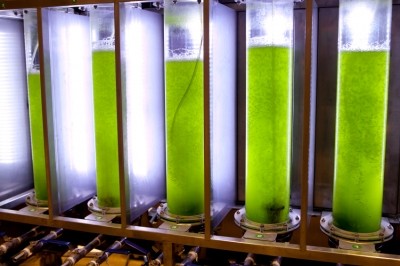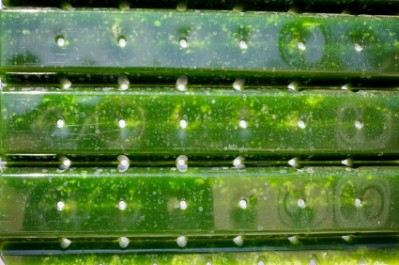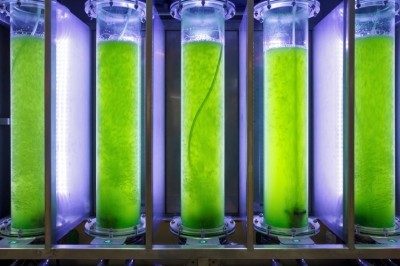Algae biomass pellet binders show poultry feed potential

Moritz, who is professor of poultry science and nutrition at the Davis College of Agriculture, Natural Resources and Design, West Virginia University, and was last month presented with the American Feed Industry Association Poultry Nutrition Research Award, describes his main focus as “exploring the nutritional consequences of feed manufacture”.
Currently, one of his biggest projects is the quest for a “high quality pellet with minimal environmental impact”, as he says the thermal processes deployed in pellet production compromise the availability of vitamins and amino acids.
“Such a pellet will result in improved efficiency, so less feed will be needed for muscle accretion, and less waste will be produced. There is a major drive to reduce levels of nitrogen and phosphorus in poultry litter,” said Moritz, in an interview with FeedNavigator yesterday.
Algae has the answers?
He said some of the most interesting solutions that had come out of his research were pellet binders made from algae biomass – a co-product of algae biofuel production. Early stage research has shown them to boost the nutritional value of feed by allowing gentler processing conditions in the pellet mill and through their amino acid content.
“Once the oil has been extracted for biofuel, we take the remaining fraction and put it in feed as a binder and nutrient. Because it is very high in amino acids it can be used to replace a lot of the soy bean meal and animal-vegetable fat. The higher nutritional content of the feed means the bird doesn’t need to consume as much, which in turn means less wastage from the bird.”
Moritz is currently looking at commercial formulations of the pellet with appropriate energy and amino acid content. “Nowadays, diets are formulated on the basis of digestible amino acids and metabolisable energy and that is where these binders can come into play,” he said.
Enzymes: the future of feed
Enzymes are another major area Moritz is focusing on in his research.
“Enyzmes seem to be the future of animal nutrition, but it is important that they are thermal tolerant. This is why we are looking at methods of helping enzymes survive thermal processing, whether using genetic modification, a carrier or a particular temperature or die combination in the pellet mill,” he explained.
According to Moritz, algae biomass binders could have a role to play here too.
“When fat is added to the mixer, before the pellets are formed, this protects the enzyme from the frictional heat and shear forces in the pellet die but compromises pellet quality. A binder such as algae biomass enables the enzymes to survive and improves pellet quality.”
These are just two examples of the direction Moritz’s work is taking. He believes “there are lots of questions still to be answered”.
“Looking ahead to a strong future of poultry consumption we are going to have to feed more efficiently, maintain animal welfare and investigate more bi-products for feed formulations. Enzymes will play a massive role,” he said.












